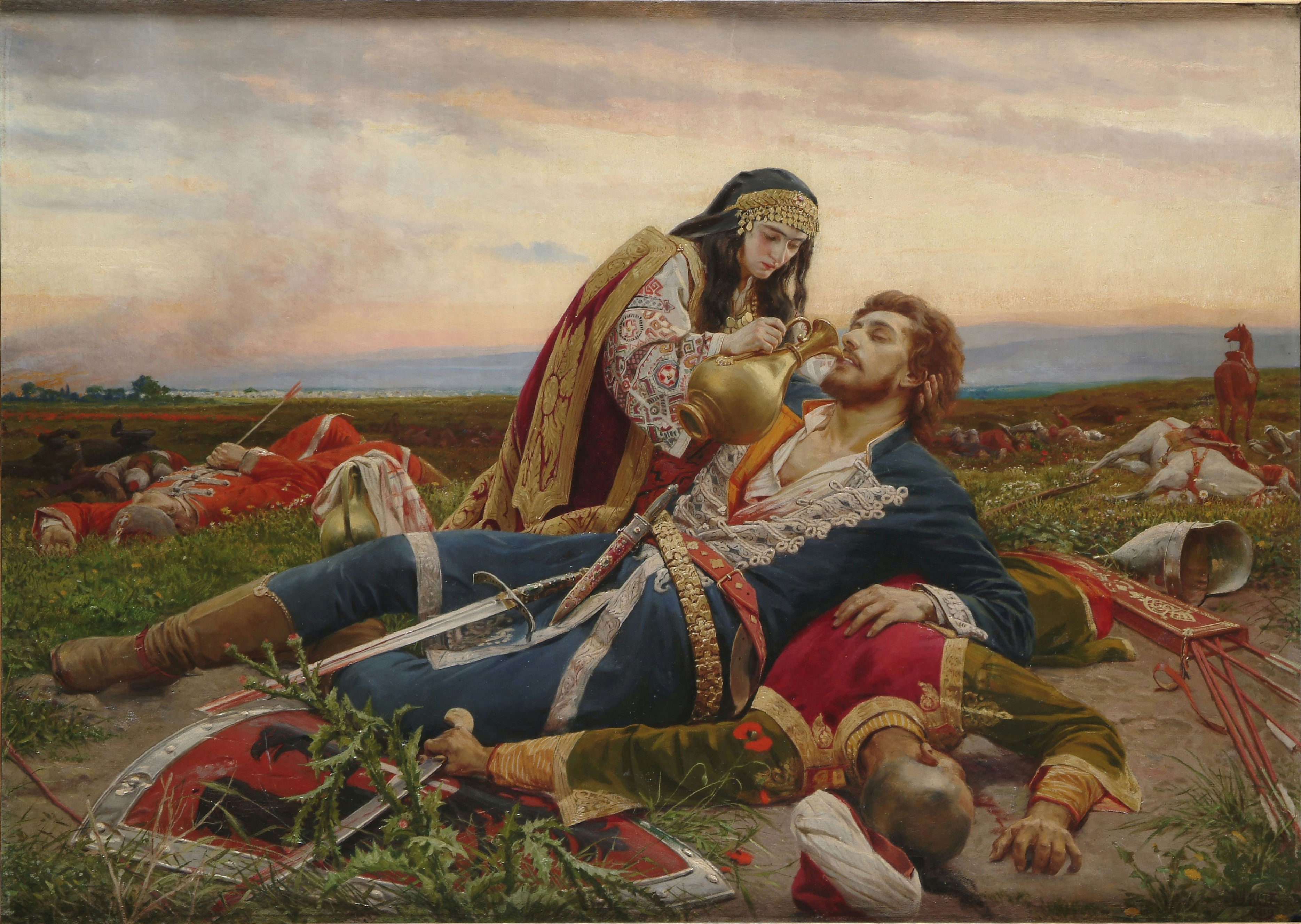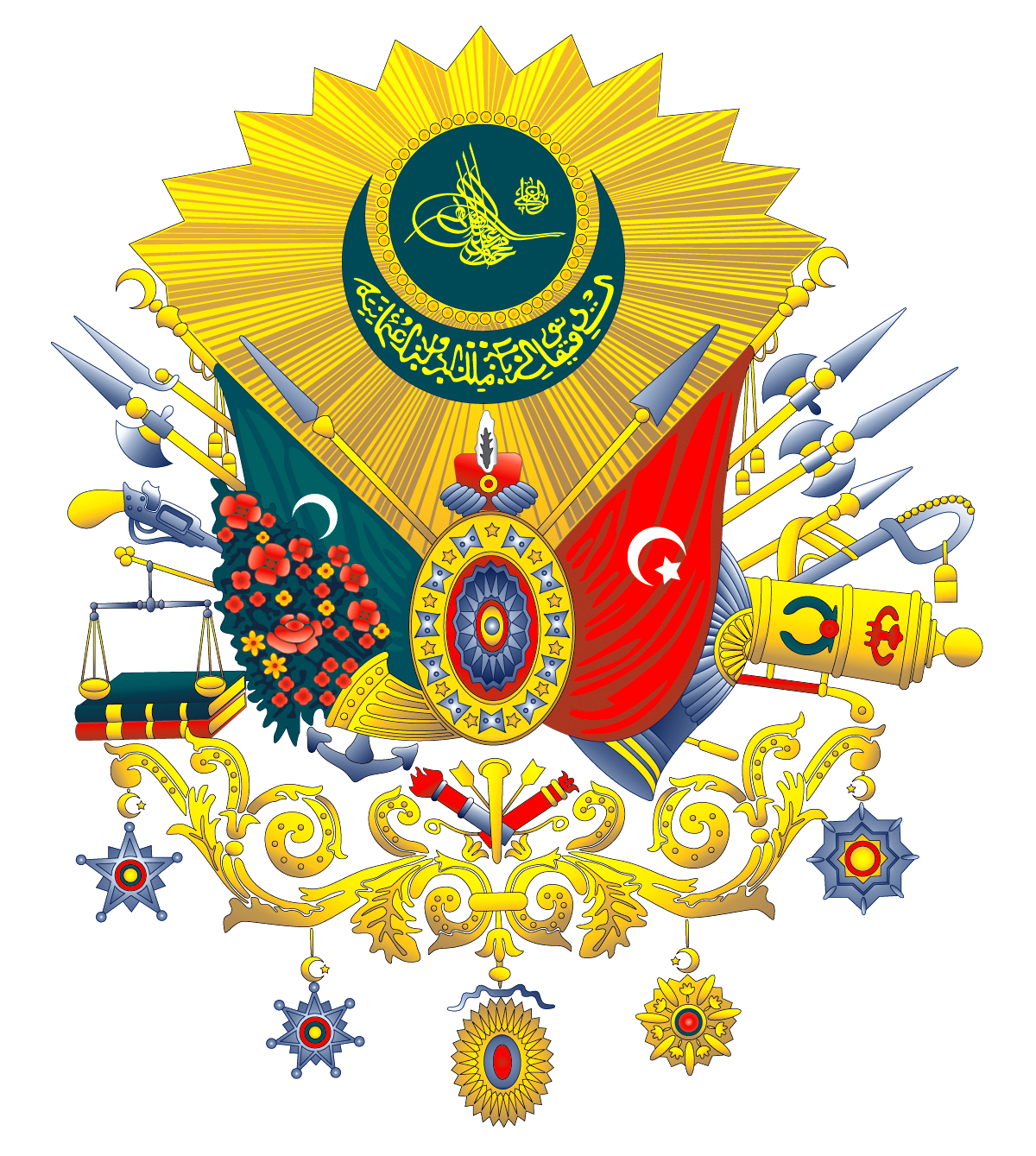|
Sanjak Of Segedin
Sanjak of Segedin or Sanjak of Szeged (Turkish: Segedin Sancağı, Hungarian: Szegedi szandzsák, Serbian: Сегедински санџак) was an administrative territorial entity of the Ottoman Empire formed in the 16th century. It was located in the Bačka (Bácska) region. Initially, it was part of the Budin Province, but in the 17th century it was included into Eğri Province. Administrative center of the Sanjak of Segedin was Segedin. It was captured by Austria between 1686-1688 and was left to Austria according to Treaty of Carlowitz in 1699. Administrative divisions Sanjak of Segedin was divided into several kazas: * Segedin (Szeged) *Sobotka (Subotica) * Baya (Baja) * Sonbor (Sombor) * Baç (Bač) *Titel Beys (governors) of the sanjak * Hasan Pasha Predojević (1592 See also *Subdivisions of the Ottoman Empire *Bačka Bačka ( sr-cyrl, Бачка, ) or Bácska () is a geographical and historical area within the Pannonian Plain bordered by the river Da ... [...More Info...] [...Related Items...] OR: [Wikipedia] [Google] [Baidu] |
Sanjak
Sanjaks (liwāʾ) (plural form: alwiyāʾ) * Armenian language, Armenian: նահանգ (''nahang''; meaning "province") * Bulgarian language, Bulgarian: окръг (''okrǔg''; meaning "county", "province", or "region") * el, Διοίκησις (''dioikēsis'', meaning "province") or επαρχία (''eparchia'', meaning "eparchy") * lad, sancak , group=note (; ota, ; Modern Turkish: ''Sancak'', ) were administrative divisions of the Ottoman Empire. ''Sanjak'', and the variant spellings ''sandjak'', ''sanjaq'' and ''sinjaq'', are English language, English or French language, French transliterations of the Turkish language, Turkish word ''sancak'', meaning "district", "banner (country subdivision), banner" or "flag". Sanjaks were also called by the Arabic language, Arabic word for ''banner'' or ''flag'': ''Liwa (Arabic), liwa (Liwā or Liwā’)''. Ottoman provinces (eyalets, later vilayets) were divided into sanjaks (also called ''livas'') governed by sanjakbeys (also calle ... [...More Info...] [...Related Items...] OR: [Wikipedia] [Google] [Baidu] |
Bač, Serbia
Bač ( sr-cyrl, Бач, ; hu, Bács) is a town and municipality located in the South Bačka District of the autonomous province of Vojvodina, Serbia. The town has a population of 5,399, while Bač municipality has 14,405 inhabitants. The entire geographical region between the rivers Danube and Tisza, today divided between Serbia and Hungary, was named Bačka after the town. Name In Serbian, the town is known as ''Бач'' (''Bač''); in Slovak as ''Báč''; in Croatian ( Šokac) as ''Bač''; in Hungarian as ''Bács''; in German as ''Batsch''; in Latin as ''Bach'' or ''Bacs''; and in Turkish as ''Baç''. Along with Serbian, Slovak and Hungarian are also in official use in the municipality administration. In the ninth and tenth centuries, the name of the town was ''Bagasin''. The Byzantine writer John Kinnamos writes that ''Παγάτζιον'' is the most important city in Sirmium. In 1154, the Arab geographer Idrisi mention it under name ''Bakasin'' and claim that "it i ... [...More Info...] [...Related Items...] OR: [Wikipedia] [Google] [Baidu] |
Ottoman Serbia
Most of the territory of what is now the Republic of Serbia was part of the Ottoman Empire throughout the Early Modern period, especially Central Serbia and Southern Serbia, unlike Vojvodina which had passed to Habsburg rule starting from the end of the 17th century (with several takeovers of Central Serbia as well). In the 14th and 15th centuries, the Serbian Despotate was conquered by the Ottoman Empire as part of the Ottoman conquest of the Balkans. The Ottomans defeated the Serbs at the Battle of Maritsa in 1371, making vassals of the southern governors. Soon thereafter, Serbian Emperor Stefan Uroš V died; as he was childless and the nobility could not agree on the rightful heir, the Empire was subsequently ruled by semi-independent provincial lords, who often were in feuds with each other. The most powerful of these, Lazar of Serbia, the Duke of a region now encompassing present-day central Serbia, that had not yet fallen under Ottoman rule, confronted the Ottomans at t ... [...More Info...] [...Related Items...] OR: [Wikipedia] [Google] [Baidu] |
States And Territories Established In The 16th Century
State may refer to: Arts, entertainment, and media Literature * ''State Magazine'', a monthly magazine published by the U.S. Department of State * ''The State'' (newspaper), a daily newspaper in Columbia, South Carolina, United States * ''Our State'', a monthly magazine published in North Carolina and formerly called ''The State'' * The State (Larry Niven), a fictional future government in three novels by Larry Niven Music Groups and labels * States Records, an American record label * The State (band), Australian band previously known as the Cutters Albums * ''State'' (album), a 2013 album by Todd Rundgren * ''States'' (album), a 2013 album by the Paper Kites * ''States'', a 1991 album by Klinik * ''The State'' (album), a 1999 album by Nickelback Television * ''The State'' (American TV series), 1993 * ''The State'' (British TV series), 2017 Other * The State (comedy troupe), an American comedy troupe Law and politics * State (polity), a centralized political organizatio ... [...More Info...] [...Related Items...] OR: [Wikipedia] [Google] [Baidu] |
Ottoman History Of Vojvodina
Ottoman is the Turkish spelling of the Arabic masculine given name Uthman ( ar, عُثْمان, ‘uthmān). It may refer to: Governments and dynasties * Ottoman Caliphate, an Islamic caliphate from 1517 to 1924 * Ottoman Empire, in existence from 1299 to 1922 ** Ottoman dynasty, ruling family of the Ottoman Empire *** Osmanoğlu family, modern members of the family * Ottoman architecture Ethnicities and languages * Ottoman Armenians, the Armenian ethnic group in the Ottoman Empire * Ottoman Greeks, the Greek ethnic group in the Ottoman Empire * Ottoman Serbs, the Serbian ethnic group in the Ottoman Empire * Ottoman Turks, the Turkic ethnic group in the Ottoman Empire ** Ottoman Turkish alphabet ** Ottoman Turkish language, the variety of the Turkish language that was used in the Ottoman Empire Products * Ottoman bed, a type of storage bed * Ottoman (furniture), padded stool or footstool * Ottoman (textile), fabric with a pronounced ribbed or corded effect, often made of silk or ... [...More Info...] [...Related Items...] OR: [Wikipedia] [Google] [Baidu] |
History Of Bačka
History (derived ) is the systematic study and the documentation of the human activity. The time period of event before the invention of writing systems is considered prehistory. "History" is an umbrella term comprising past events as well as the memory, discovery, collection, organization, presentation, and interpretation of these events. Historians seek knowledge of the past using historical sources such as written documents, oral accounts, art and material artifacts, and ecological markers. History is not complete and still has debatable mysteries. History is also an academic discipline which uses narrative to describe, examine, question, and analyze past events, and investigate their patterns of cause and effect. Historians often debate which narrative best explains an event, as well as the significance of different causes and effects. Historians also debate the nature of history as an end in itself, as well as its usefulness to give perspective on the problems of the p ... [...More Info...] [...Related Items...] OR: [Wikipedia] [Google] [Baidu] |
Sanjaks Of The Ottoman Empire In Europe
Sanjaks (liwāʾ) (plural form: alwiyāʾ) * Armenian: նահանգ (''nahang''; meaning "province") * Bulgarian: окръг ('' okrǔg''; meaning "county", "province", or "region") * el, Διοίκησις (''dioikēsis'', meaning "province") or επαρχία (''eparchia'', meaning "eparchy") * lad, sancak , group=note (; ota, ; Modern Turkish: ''Sancak'', ) were administrative divisions of the Ottoman Empire. ''Sanjak'', and the variant spellings ''sandjak'', ''sanjaq'' and ''sinjaq'', are English or French transliterations of the Turkish word ''sancak'', meaning "district", "banner" or "flag". Sanjaks were also called by the Arabic word for ''banner'' or ''flag'': '' liwa (Liwā or Liwā’)''. Ottoman provinces (eyalets, later vilayets) were divided into sanjaks (also called ''livas'') governed by sanjakbeys (also called ''Mutesarriff'') and were further subdivided into ''timars'' (fiefs held by ''timariots''), kadiluks (the area of responsibility of a judge, or Kad ... [...More Info...] [...Related Items...] OR: [Wikipedia] [Google] [Baidu] |
Ottoman Period In Hungary
Ottoman is the Turkish spelling of the Arabic masculine given name Uthman ( ar, عُثْمان, ‘uthmān). It may refer to: Governments and dynasties * Ottoman Caliphate, an Islamic caliphate from 1517 to 1924 * Ottoman Empire, in existence from 1299 to 1922 ** Ottoman dynasty, ruling family of the Ottoman Empire *** Osmanoğlu family, modern members of the family * Ottoman architecture Ethnicities and languages * Ottoman Armenians, the Armenian ethnic group in the Ottoman Empire * Ottoman Greeks, the Greek ethnic group in the Ottoman Empire * Ottoman Serbs, the Serbian ethnic group in the Ottoman Empire * Ottoman Turks, the Turkic ethnic group in the Ottoman Empire ** Ottoman Turkish alphabet ** Ottoman Turkish language, the variety of the Turkish language that was used in the Ottoman Empire Products * Ottoman bed, a type of storage bed * Ottoman (furniture), padded stool or footstool * Ottoman (textile), fabric with a pronounced ribbed or corded effect, often made of silk or ... [...More Info...] [...Related Items...] OR: [Wikipedia] [Google] [Baidu] |
Subdivisions Of The Ottoman Empire
The administrative divisions of the Ottoman Empire were administrative divisions of the state organisation of the Ottoman Empire. Outside this system were various types of vassal and tributary states of the Ottoman Empire, vassal and tributary states. The Ottoman Empire was first subdivided into provinces, in the sense of fixed territorial units with governors appointed by the sultan, in the late 14th century. The beylerbey, or governor, of each province was appointed by the central government. Sanjak, ''Sanjaks'' (banners) were governed by sanjak-beys, selected from the high military ranks by the central government. Beylerbeyis had authority over all the sancakbeyis in a region. qadaa, Kaza was a subdivision of sancak and referred to the basic administrative district, governed by a Kadı, kadi. [...More Info...] [...Related Items...] OR: [Wikipedia] [Google] [Baidu] |
Hasan Predojević
Hasan Predojević ( 1530 – 22 June 1593), also known as Telli Hasan Pasha ( tr, Telli Hasan Paşa), was the fifth Ottoman Empire, Ottoman beylerbey (Wāli, vali) of Bosnia Eyalet, Bosnia and a notable Ottoman empire, Ottoman Bosnian people, Bosnian military commander, who led an invasion of the Kingdom of Croatia (Habsburg), Habsburg Kingdom of Croatia during the Ottoman wars in Europe. Early life He was born Nikola Predojević into the Predojević clan, of either Serbs, Serb or Vlachs, Vlach ethnic background, from East Herzegovina, Eastern Herzegovina. According to Muvekkit Hadžihuseinović he was born in Lušci Palanka, in the Bosanska Krajina region, however, according to his nickname ''Hersekli'', he was from Herzegovina. The birthplace has been given specifically as Bijela Rudina, Bileća. His family originated from Klobuk, Ljubuški, Klobuk. An Ottoman sultan wrote in a book that he had requested from a notable lord in Herzegovina, named Predojević, that 30 small Serb ... [...More Info...] [...Related Items...] OR: [Wikipedia] [Google] [Baidu] |
Titel
Titel ( sr-Cyrl, Тител, hu, Titel) is a town and municipality located in the South Bačka District of the province of Vojvodina, Serbia. The town of Titel has a population of 5,247, while the population of the municipality of Titel is 15,738. It is located in southeastern part of the geographical region of Bačka, known as Šajkaška. Name In Serbian, the town is known as ''Titel'' (Тител), in Hungarian as ''Titel'', in German as ''Titel'' (and sometimes ''Theisshügel''), and in Latin as ''Titulium''. History The Titel Plateau is an elevated region between the Danube and Tisza rivers, close to the confluence; about ; roughly . It has an ellipsoid form and is characterized by steep slopes at the margins. It has a substantial loess cover and is often called the Titel Loess Plateau; the loess on the plateau is considered to contain the most detailed terrestrial palaeoclimate records in Europe, with a thick and apparently continuous record extending to the middle and ... [...More Info...] [...Related Items...] OR: [Wikipedia] [Google] [Baidu] |




.jpg)


